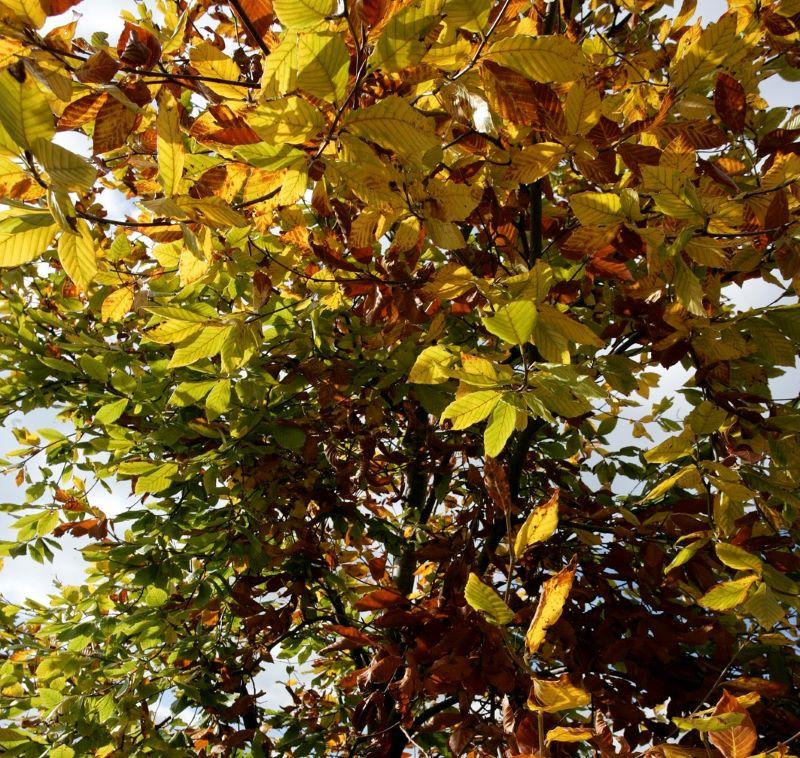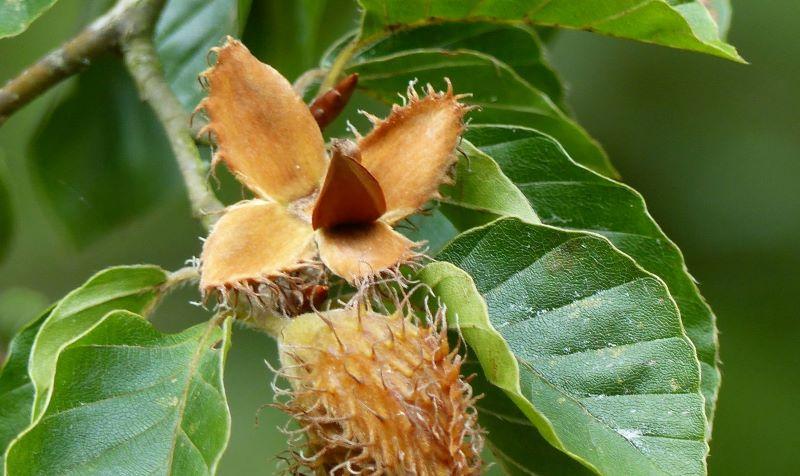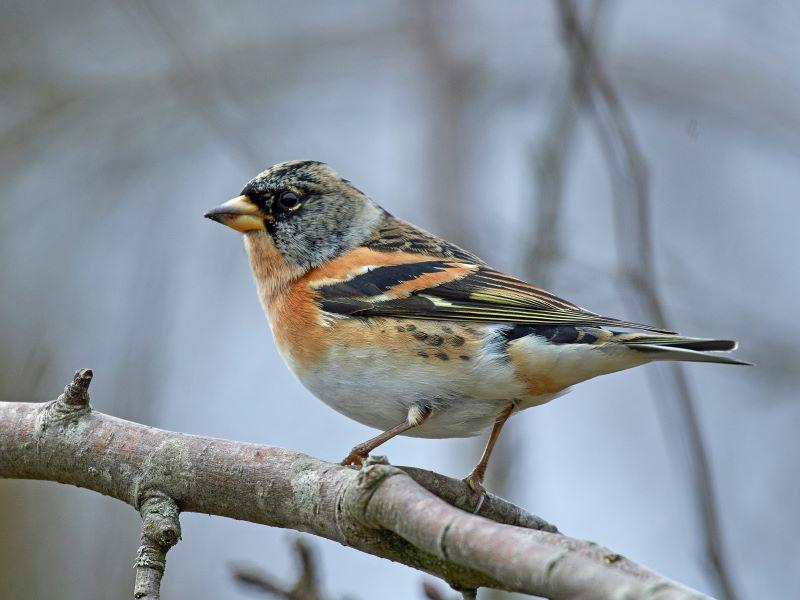
Queen of the Forest – the common beech
With the oak standing as undisputed king of the forest, the beech (Fagus sylvatica) is often referred to as the queen or mother of the woods. Forest Ranger, Ian, takes a closer look at this enchanting tree.
The beautiful beech
With its tall stature and closed canopy, the beech when mature is an imposing tree. Often with a canopy so dense it shuts out light to the forest floor below, allowing only the most shade tolerant of plants to thrive below. The deep pile of beech leaf litter which resists breaking down, also creates a barrier for would be colonisers of the ground at the ‘queen’s feet’.
Beech forests and groves can be both menacing and captivating, they have an ever-changing mood. One of the best examples are the Dark Hedges in Northern Ireland, a row of beech planted in the 18th century, now a visually stunning avenue of veteran trees. So much so they used it for scenes on the Kingsroad in Game of Thrones.
With no understory to distract your attention, the open and airy feel to a beech forest is dominated by the smooth grey trunks and towering branches that create the domed shape typical of the tree.
A native broadleaf species
Beech is a native to the UK, predominantly the south and central areas, but they have been widely planted and naturalised across much of the UK and are part of the planting mix here at the Heart of England Forest. They usually prefer well drained soils and occur on limestone or chalk.
The smooth grey bark is a good ID feature in winter when the distinctive oval, hairy edged leaves have dropped. It carries male and female flowers on the same tree during the spring and is wind pollinated.
The veteran beech can be 40m tall and live beyond 400 years old depending on the environmental conditions it is exposed to. Much shorter lived than the oak, which by comparison can be 800 years old and thriving.
Not too far away in the Chilterns a massive veteran beech, known as the Witches beech, has a staggering girth of over six metres. Maybe some of our young beech will one day reach this size!
Uses of fallen beech timber
Drought and storm damage can be catastrophic for the beech. The large branches are very heavy and having experience of clearing up windblown beech branches in the past, when they go down, they go down hard! Fallen beech timber is often sought after for firewood as when dried it can give a long burn. It is also a good for woodcrafts being very hard, a good choice for a chopping block.
Spalted beech is something to look out for in fallen timber. Spalting is a process where fungi invades the dead wood leaving a network of black lines where it has travelled. This process can lead to some very attractive patterns in the wood – if timed right and worked correctly it looks beautiful.
Changing with the seasons
On a misty winter day, a beech tree can be a truly menacing sight to behold with its outstretched lateral branches creeping out of the gloom like skeletal arms. But walk through the same beech forest on a bright autumnal day and peer through the canopy to blue skies, it is like the tree is on fire with hues of yellow, orange and red taking over from the deep greens of summer. That, in my opinion, is the best time to see a beech tree. Your window of opportunity to search out beech trees with leaves mid-tint is usually late September to mid-November.
Fruits for wildlife
Veteran beech can support a wealth of wildlife in the hollows and gnarled features typical of the tree, and owls and bats are often associated with the cavities. Autumn is the time when wildlife really takes an interest in what is going on around the beech, as this is when beechmast is there for the taking.
The fruits of the beech tree (often referred to as beechnuts, beechmast or just mast) are popular with birds and mammals alike, and around Europe govern the behaviour and movement of many species. Look for the spiky casings on the ground -each contains two nuts.
Beechmast production varies from one year to the next, in a particularly good year the species that actively seek this food may benefit so greatly, that the following year the breeding densities can be significantly elevated.

Brambling and beechmast
In the UK the nuthatch, jay, great spotted woodpecker and some of the tit and finch species are likely to be easy to spot around beech forests in the autumn. One of the species to look out for in the UK is a very pretty finch called the brambling.
This winter visitor to most parts of the UK actively seeks out beechmast as it is a vital food source. In years when beechmast fails or snow covers the far north eastern parts of Europe, hiding the food resource, we see larger numbers of the brambling arriving on our shores, often with other finches like the chaffinch.
Next time you visit the woods bring your binoculars and look through any flocks of birds feeding on the ground, as a visiting brambling might just be amongst them! Find out more about winter birds to spot in the Forest.

Beech trees in the forest
Given that the beech has a rich heritage in the UK and attracts an array of wildlife, it is an important species to accommodate as we create the woods of the future. Look out for the beech amongst the young woodlands next time you are walking in the Forest. Roman Fields Wood has a good number of mature beech trees, and there are some which can be seen in Dorothy’s Wood. Find out about visiting the Forest.



